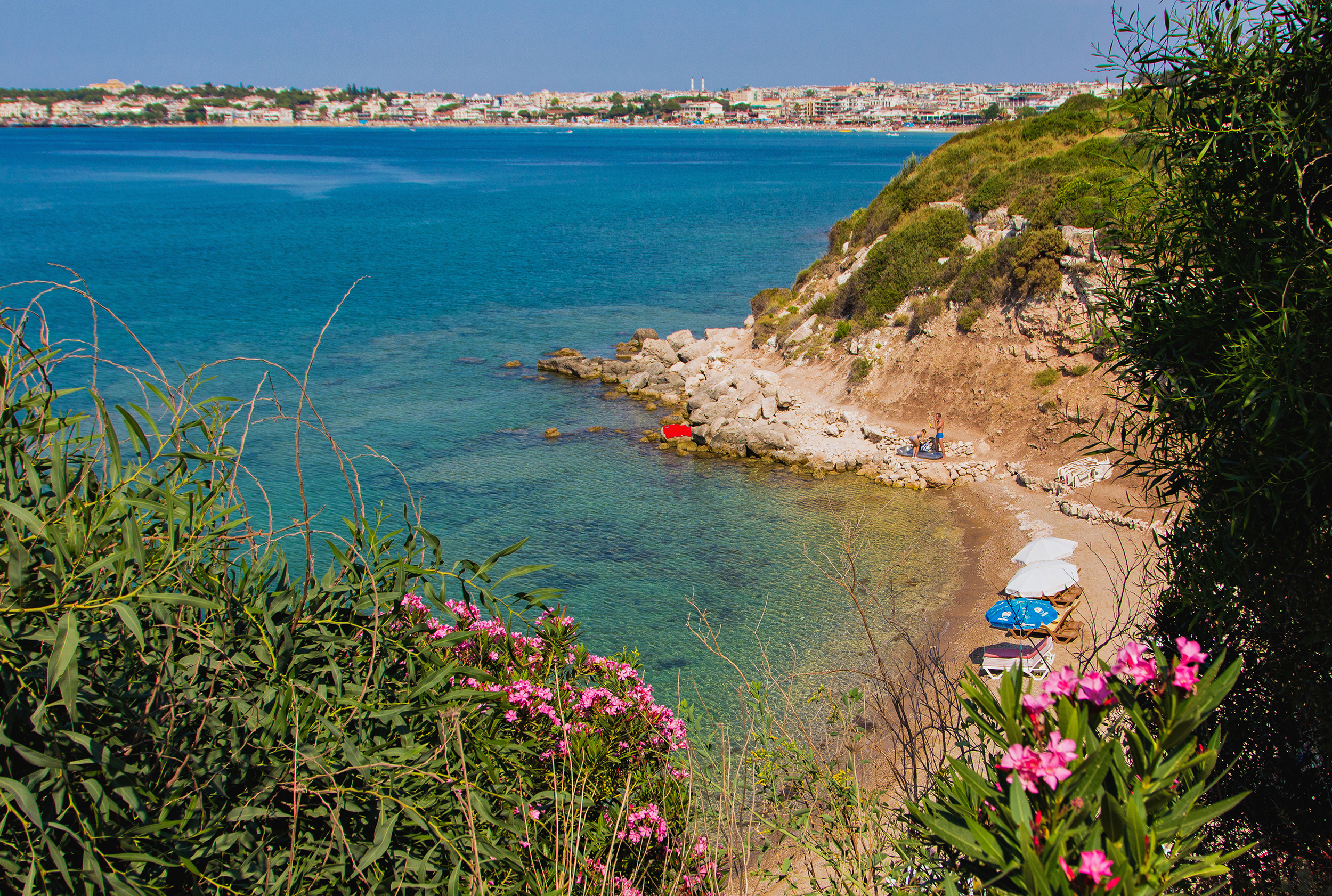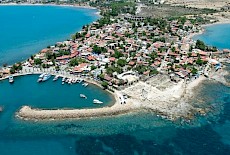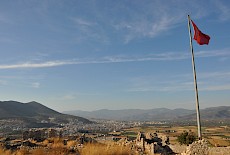
Milas
MİLAS Milas is a beautiful district with its ancient ruins, historical Milas houses and uniform town alignment. Its immediate surroundings are also full of historical richness. There were 27 different cities of varying sizes were founded over the history. According to the historian Strabo, Mylasa is one of the three important cities of inner Karia. The others are Alabanda and Stratonikeia. Mylasa was the center of episcopacy in the Byzantine Period. In the 13th century, it was the capital of Menteşeoğulları. In Hisarbaşı neighborhood of Milas, Temple of Zeus Karios, the column that was constructed in the honor of Menander, also known as Uzunyuva, the masterpiece Hekatomnos Sarcophagus, which is decorated with massive high bas reliefs on four sides and which was recently found by treasure hunters, Baltalı Gate, Gümüşkesen Mausoleum, aqueducts in two levels along the lowlands in the east of Milas, Firuz Ağa Mosque in the city center, Çöllüoğlu Inn, Ulu Mosque, Belen Mosque, Ağa Mosque, Kurşunlu (Firuzbey) Mosque and Abdülfettah Mosque Complex in Selimiye district are the artifacts that are worth seeing. A part of the finds from excavations at the archeological sites in the district and its surroundings are exhibited in the Milas Museum. Another important place near the Milas City Centre is the Beçin Castle. The Beçin Castle, which is on the Milas-Ören road, 5 km south of the city, in the Village of Mutluca (Beçin) on a plateau that possesses the Milas lowland, is a Byzantine structure. Menteşeoğulları Beylik, which made Milas the capital, moved the seat of government to Beçin, since it is easy to defend. The actual settlement in the castle is the keep 200 meters above. The extant artifacts from this area are a Byzantine chapel, the Karapaşa Madrasa, Mausoleum, Ahmet Gazi Madrasa, Orhan Bey Mosque, Turkish Both, Bey Mansion, Bey Turkish Bath, Kızılhan, Yelli Mosque and Madrasa. An essential part of the Milas city tour is visiting the old Milas houses, which were built in the 19th century and early 20th century, and most of them are still being used after restorations. Wooden beam supported balconies of the houses extend to the street. Ground floors are usually used as warehouses or cellars. The kitchen, bathroom and barn are in a corner of the yard. Wooden or marble stairs are used for going upstairs from the yard. Along with the 19th century houses, Milas’ carpets are also worldwide known. Resource: Muğla Provincial Directorate of Culture and Tourism
Yakındaki Mekanlar
Do you have questions for us?
Click to contact us


